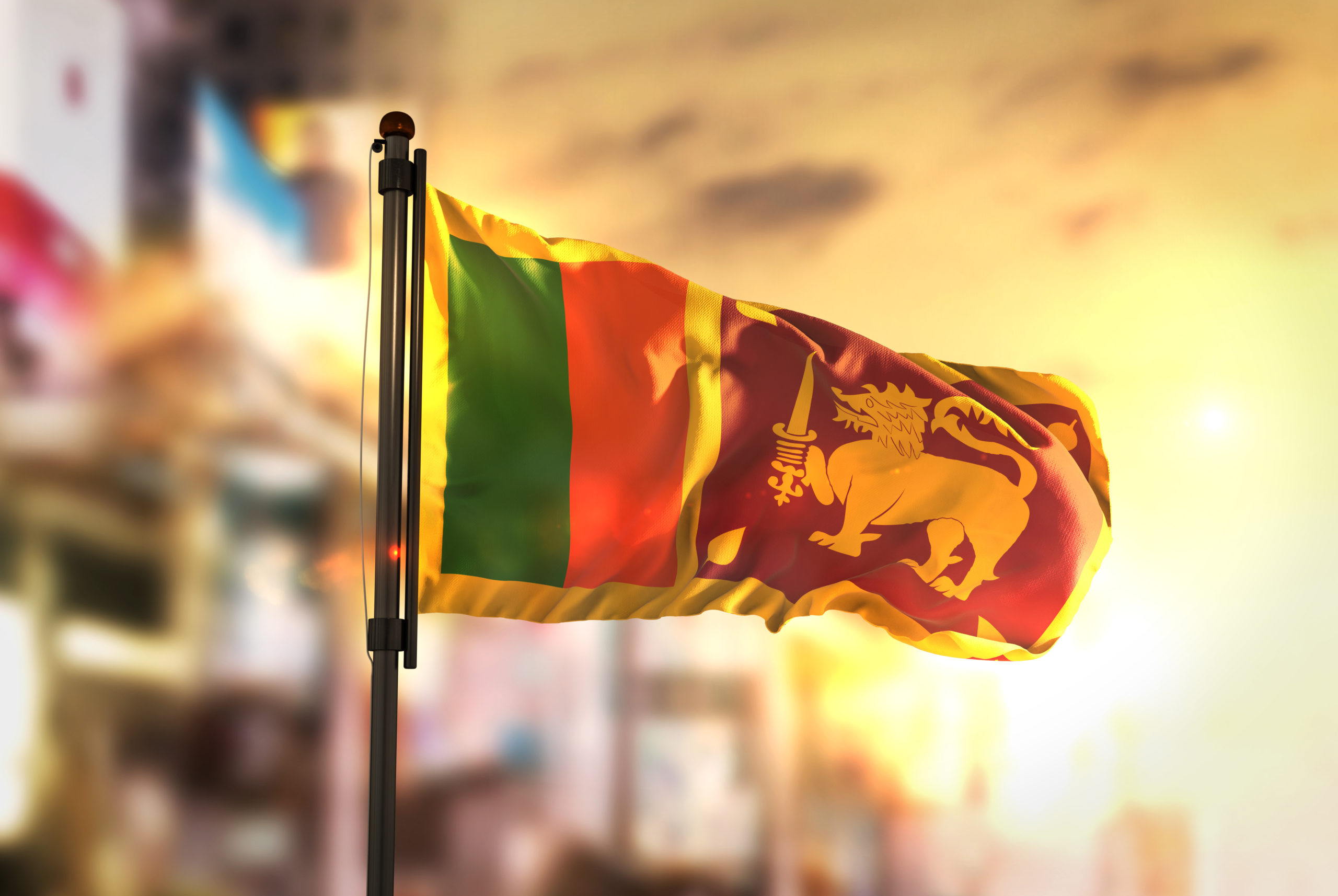A nation must think before it acts.
The death toll from the Easter Sunday bombings in and near Colombo, the capital of Sri Lanka, has exceeded 300 and keeps rising. In the meanwhile, the suicide bombers have at least partially accomplished one of their principal goals: to sow discord between the Muslim and Christian communities of Sri Lanka. This particular fault line had not previously existed in this poly-ethnic country. Instead, the principal ethnic cleavage had pitted the Sinhala majority (nearly 75 percent of the population) against the Tamil minority (a little more than 12 percent of the population) and had culminated in a sanguinary civil war between 1983 and 2009.
Since the civil war’s end, Sinhala-majority governments had made only feeble efforts at any form of ethnic reconciliation. Instead, they had countenanced (and on occasion, even tacitly encouraged) the rise of Sinhala Buddhist chauvinism thereby causing renewed anxiety amongst the country’s minority groups. Given that Muslims and Christians constitute less than 20 percent of the total population, the communities had tended to band together in the face of rising Sinhala jingoism. Today, many aggrieved Christians either distrust their Muslim compatriots or, in some cases, actually see them as enemies. Already in the wake of the Sunday bombings, mosques have been attacked, Muslim-owned businesses gutted, and entire groups of Muslims who had lived in mixed neighborhoods have fled for fear of their lives. Accordingly, within the span of a week, a wholly new dimension to the ethnic divide in the country has now come to the fore.
In light of this setback, it is important to try to understand the possible forces that led up to it. First, how did these horrific attacks occur given that few Muslims, including members of the National Thowheed Jamaat (the terrorist organization that has been charged with these acts), had expressed any hostility toward the Christian community? If anything, they may have directed their wrath against Buddhists given that they had been the victims of Buddhist hostility. As press reports have suggested, their members had vandalized some Buddhist statues in the recent past, but had not resorted to any further violence against any community.
Second, now that it is more than evident that India, Sri Lanka’s behemoth neighbor, had provided both early, prompt, and highly specific warnings about the impending attacks, why did the Sri Lankan government fail to take steps to forestall the spate of attacks?
The answer that the Sri Lankan government has proposed to the first question is seemingly plausible, but ultimately unsatisfactory. The government has suggested that it was in direct retaliation against the gruesome attack that took place against a mosque in Christchurch, New Zealand, in late March of this year. Yet, that link appears quite tenuous. The bombings in Sri Lanka were both carefully coordinated and were exceedingly powerful. A virtually unknown terrorist organization acting entirely on its own could have hardly obtained the requisite materials, selected targets, and found a sufficient number of recruits to carry out suicide missions in such a short time span. Consequently, it appears reasonable to surmise that this plot had been hatched for some time. Also, more than likely, the plotters had guidance and inspiration from outside sources. More to the point, it seems likely that a section of Sri Lanka’s Muslim community had been soaking up a toxic ideology that has gripped other Muslim groups elsewhere and especially in parts of the Middle East and South Asia. Since the Islamic State has claimed responsibility for the attacks, it remains to be seen the extent to which it had worked in concert with the National Thowheed Jamaat. It seems highly likely that the reference to the Christchurch attack may have simply been a convenient symbol to latch on to as a justification for the terror unleashed in Colombo and its environs.
The answer to the second question is equally complex. It is entirely possible that the Sri Lankan security and intelligence authorities failed to pass on the information that their Indian counterparts had shared in a timely fashion because of the troubled internal politics of the country. The President, Maithrapala Sirisena, has been at odds with the Prime Minister, Ranil Wickremesinghe, for some time. Indeed, earlier last year, Sirisena had sought to dismiss his prime minister only to have the Sri Lankan Supreme Court have Wickremesinghe reinstated. It is not known the extent to which President Sirisena’s subordinates had informed him about the intelligence that they had received. However, it stands to reason that Sirisena may well have chosen not to share whatever information he had received with Wickremesinghe given their deep-seated differences.
Furthermore, given that the information had come from India, with which Sri Lanka has had a fraught relationship over the years, it is possible that the relevant authorities had simply discounted its veracity. Cognitive biases on their part, which may well have led them to be more focused on the possibilities of renewed Tamil terrorism, may also have reinforced their reservations about information that they received.
More complete answers to both questions will probably emerge in the weeks and months ahead. However, there is little or no question that Sri Lanka, which had enjoyed a decade of relative ethnic peace, despite the growth of Buddhist chauvinism, can no longer count on such a future. Instead, it now faces a new cross-cutting ethnic cleavage. Unless the current leadership can muster the courage, imagination, and verve to set aside personal and political differences, the country once again faces the distinct possibility of yet another ethnic conflagration. The challenge of containing the new ethnic divide is, no doubt, daunting. A failure to do so, however, will be nothing short of courting disaster.




